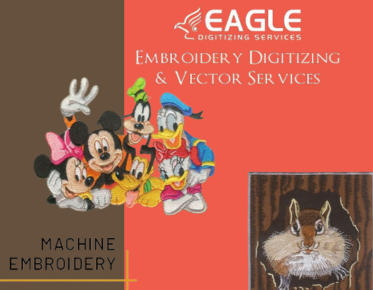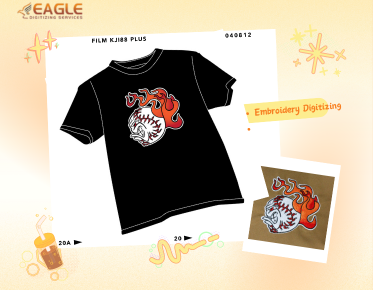Understanding Embroidery Digitizing
Embroidery digitizing is a fascinating process that bridges the gap between traditional embroidery and modern technology. It involves converting artwork into a digital file that embroidery machines can read and execute. This process allows for intricate designs to be embroidered with precision and consistency. For those interested in exploring the world of embroidery digitizing, Eagle Digitizing offers a comprehensive range of services to get you started.
The Basics of Embroidery Digitizing
At its core, embroidery digitizing is about translating a design into a language that embroidery machines understand. This involves using specialized software to create a file that dictates the path of the needle, the type of stitch, and the sequence of colors. The digitized file ensures that the embroidery machine can replicate the design accurately on fabric.
Why is Embroidery Digitizing Important?
Embroidery digitizing is crucial for anyone looking to produce high-quality embroidered products. It allows for the reproduction of complex designs with a level of detail that would be impossible to achieve manually. This is particularly important for businesses that require consistent branding across multiple items, such as uniforms or promotional materials.
Tools and Software for Embroidery Digitizing
There are various tools and software available for embroidery digitizing, each offering different features and capabilities. Some popular options include Wilcom, Hatch, and Pulse. These programs provide users with the ability to manipulate designs, choose stitch types, and preview the final product before it is embroidered. For those looking to delve deeper into the software options, Hatch Embroidery offers a robust platform for both beginners and professionals.
Steps in the Embroidery Digitizing Process
The digitizing process typically involves several key steps: importing the design, setting the stitch type and direction, adjusting the density, and finalizing the color sequence. Each step requires careful consideration to ensure the final embroidered product meets the desired quality standards.
Challenges in Embroidery Digitizing
While embroidery digitizing offers many benefits, it also presents certain challenges. Achieving the perfect balance between stitch density and fabric type can be tricky, as can ensuring that the design scales correctly across different sizes. Additionally, not all designs are suitable for embroidery, and some may require significant modification to work effectively.
Future Trends in Embroidery Digitizing
As technology continues to evolve, so too does the field of embroidery digitizing. Advances in software are making it easier for users to create complex designs with minimal effort. Additionally, the integration of AI and machine learning is beginning to play a role in automating parts of the digitizing process, potentially leading to even greater efficiencies in the future.
For those interested in exploring the possibilities of embroidery digitizing, Digitizing Ninjas provides a wealth of resources and tutorials to help you get started. Whether you're a hobbyist or a professional, the world of embroidery digitizing offers endless opportunities for creativity and innovation.
In conclusion, embroidery digitizing is a vital component of modern embroidery, enabling the creation of detailed and consistent designs. As the industry continues to grow, staying informed about the latest trends and technologies will be key to success. Eagle Digitizing excels in providing professional embroidery digitizing services, ensuring every design is crafted with unmatched precision.



